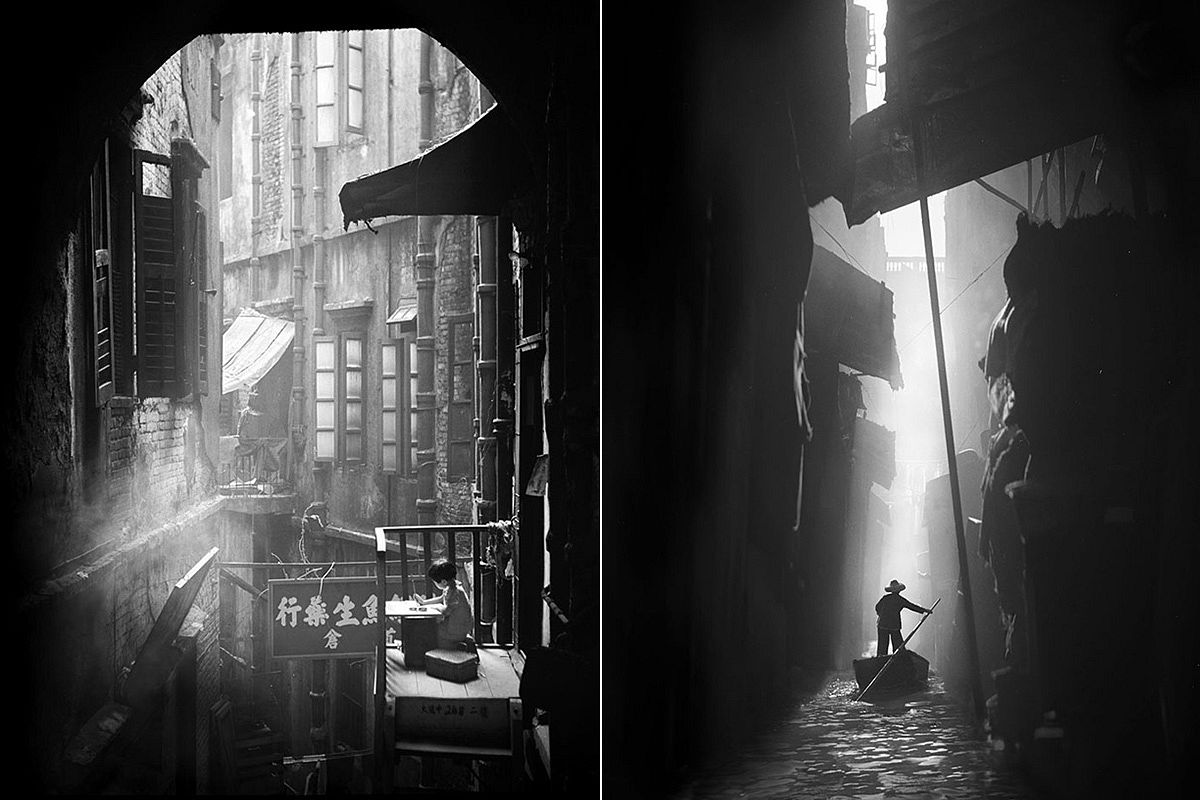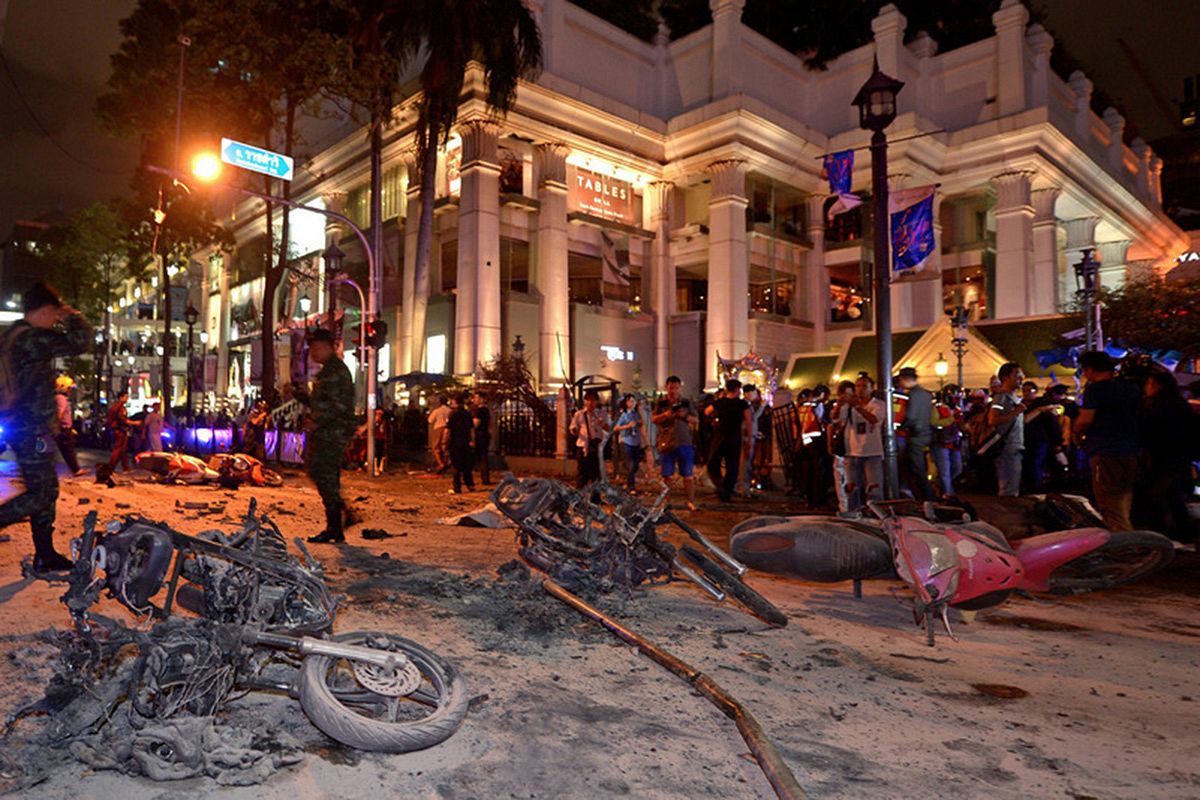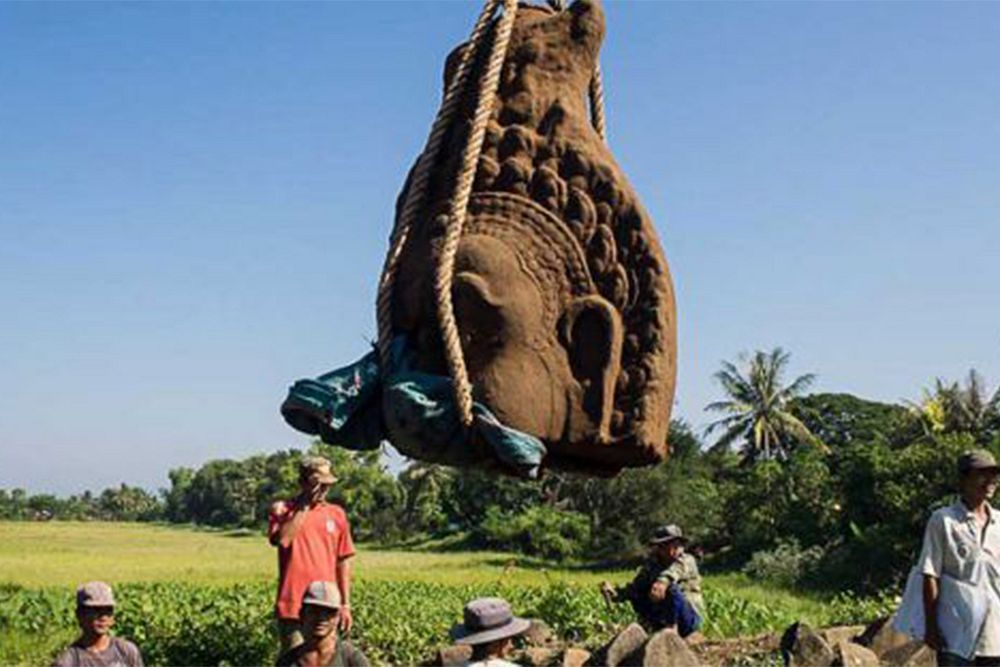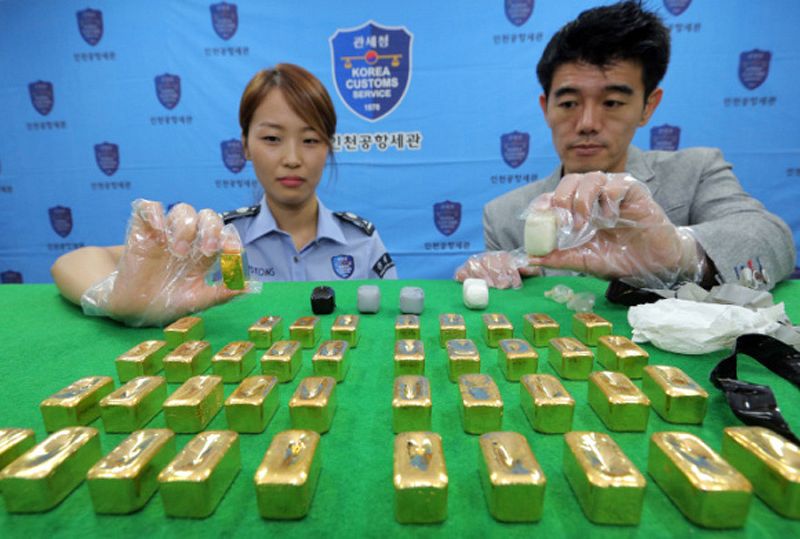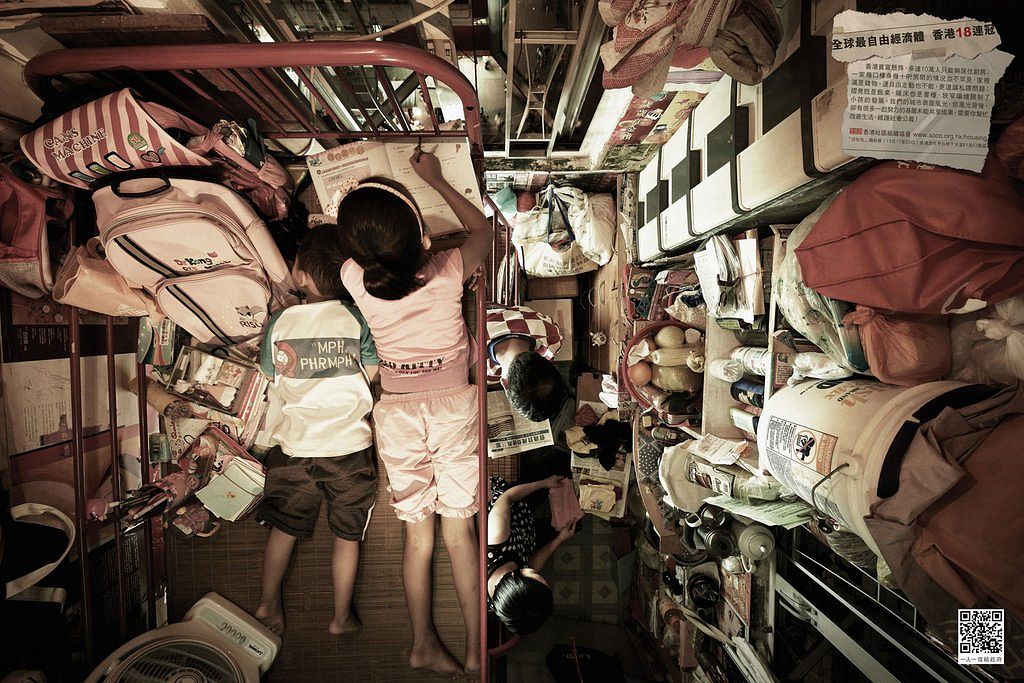We’ve seen some of Hong Kong’s tightest living spaces in a previous post but nothing compares with the notorious Kowloon Walled City. From the 1940s to 1993, this fortress of darkness and poverty housed as many as 50,000 residents, making it one of, if not the most densely populated places on earth. On the occasion of the 20 year anniversary of Kowloon's demolition, lets take a quick look back at its history.
Originally a military post, the British took control of the then open-air settlement after the 1889 Convention for the Extension of Hong Kong Territory which gave Britain a 99 year lease on Hong Kong.
In the 1930’s, Hong Kong authorities destroyed most of the site. What was left was stripped during the Japanese occupation of the city (1941 - 1945) to expand Kai Tak airport.
By 1947, squatters had taken up residence in the confines of Kowloon and neither British nor Chinese authorities exerted control over the area. This left a power vacuum, which, by the 1950s, had been filled by number of Triad groups. Along with a sprawling drug trade, the Triads controlled the city’s countless brothels, gambling parlors and opium dens. This went on unabated for nearly 20 years until the mid-1970s when 3,500 Hong Kong police raids resulted in over 2,500 arrests and seizure of over 1,800kg of drugs.
With increased police presence and support from younger residents, much of the crime plaguing the city had been eradicated but this did not mean life was good. Lack of basic utilities, tangles of electrical wire which would make Saigon blush and ever-present heaps of garbage were daily hazards residents were force to content with.
In the 1960s and 1970s, unregulated construction surged and most of the city’s buildings rose to 10 stories or more. This obscured what little open space was left with most of Kowloon’s 1-2 meter alleys with barely a ray of sunlight.
Chinese and British authorities worked hard to dismantle the city in the 1980s. 13 years and $350 million later, Kowloon was demolished and replaced by a park.
Check out the awesome cross-section below from the South China Daily Post to get a better idea of what Kowloon’s residents endured daily. For a larger and more detaield image, go here.



